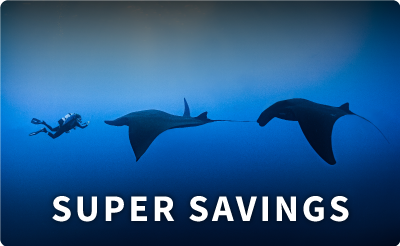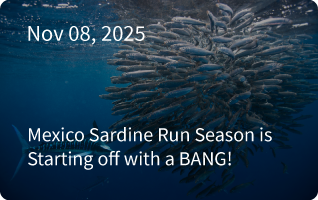We are coming back from Clipperton island by now. This was a small step for our project but a big jump for shark research. We set three different underwater receivers located to the NE, south and NW of Clipperton. In previous years we have tagged several species of sharks in different island from the Pacific. My colleague James Ketchum has tagged scalloped hammerheads and galapagos sharks in Galapagos, Cocos and Malphelo. They have found connectivity between this three islands of the Pacific but the puzzle its bigger than that. We have the theory that long migration species such these follow a “migration corridor” in the Tropical Pacific from these islands on the south as north as Baja California including The Sea of Cortez. Because of this, we have started a project covering all the Mexican Pacific islands. Clipperton (previously Mexican) was the most ambitious project that we included on the project. Thanks to the support of the Nautilus Explorer we started with a great success. All the crew from the boat was very supportive with our research and without the help of every person on the crew this endeavor would have been impossible. The shark population looks better than on the last trip of the Nautilus Explorer on 2007. In that trip the sharks were not seen often and they thought that it was because of the illegal fisheries. We could witness in all the diving sites long lines on the bottom that are used to target sharks. Fortunately we saw several sharks in almost every dive including the following species: Carcharhinus albimarginatus (silvertip), C. falciformis (silky), C. galapaguensis (galapagos), Sphryrna lewini (scalloped hammerhead), triaenodon obesus (white tip reef) and one that by now is unidentified. We have pictures and footage of one shark that looks like a requiem shark (Genus Carcharhinus) but with two conspicuous characteristics that do not match with the species recorded for this island: its anal fin its almost as big as the second dorsal fin and its eyes are maybe three times bigger than the eyes of most carcharhinids. I am going to send this pictures to Dr. Jose Castro and Dr. Leonard Compagno (both shark identification specialists) in order to identify this weird looking species. Maybe we will have a new species named Carcharhinus nautiliensis!
Dr. Mauricio Hoyos (responsible on the field of the project: Clipperton and Revillagigedo shark tagging program)








